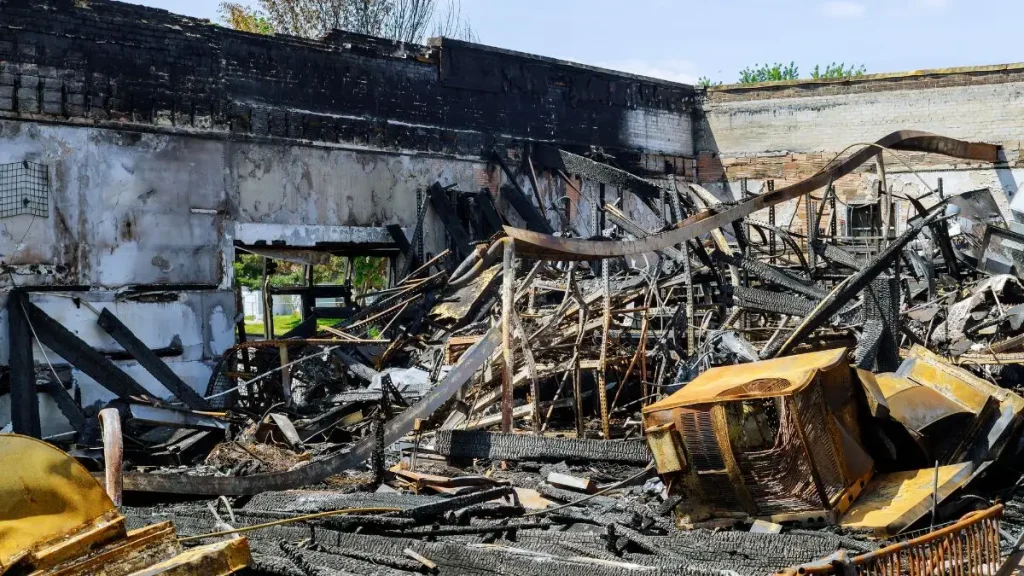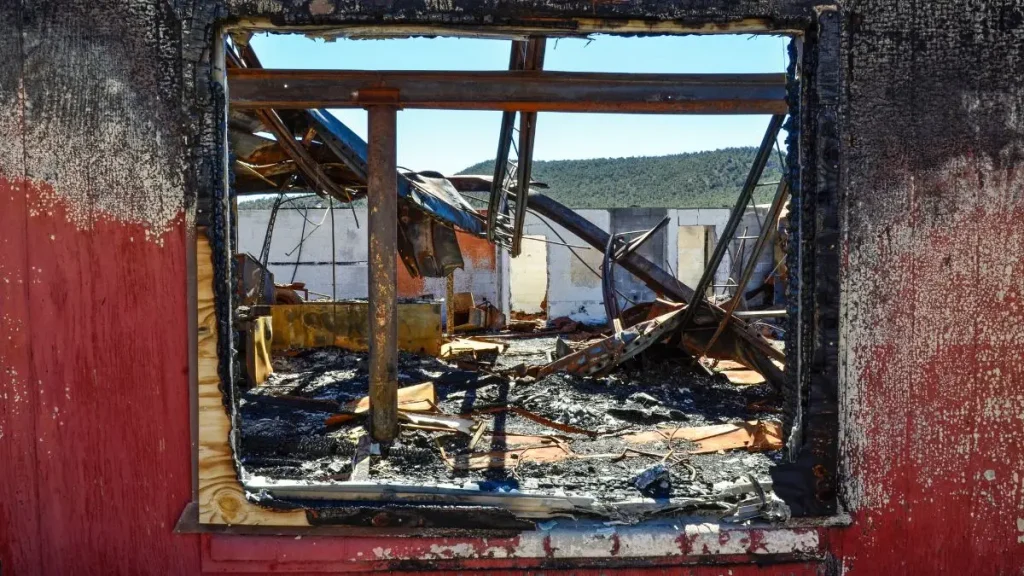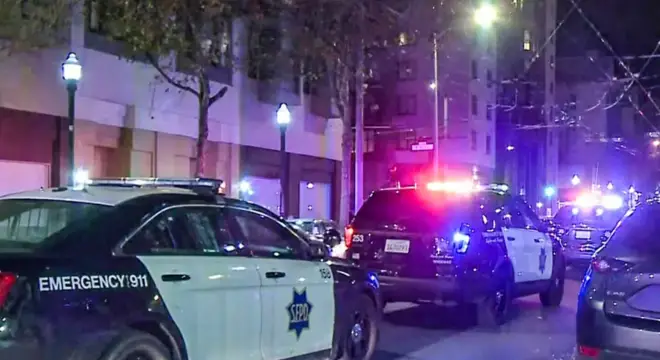Urbana Blaze Destroys Two Mobile Homes, Everyone Escapes Safely
I still remember reading about this fire in Urbana, and it honestly made me pause. It was Thursday afternoon when the call came in—what started as a shed fire quickly became something much more serious.
By the time firefighters arrived, flames had already jumped to one of the mobile homes. Imagine the chaos: neighbors watching, wind gusting, and the fire moving faster than anyone expected.
The weather didn’t make things easier. The wind kept shifting directions, first blowing south, then north, pushing the flames toward a second mobile home. It’s a stark reminder of how unpredictable fire behavior can be, especially in mobile home communities where homes are close together.
The first responders arrived fast, but it wasn’t just one team tackling this blaze. Multiple agencies jumped in—Carroll Fire Protection District led the charge, supported by Eastern Prairie, Edge-Scott, and Savoy Fire Departments, among others.
Watching them work together to control the flames while keeping everyone safe was like seeing a well-coordinated orchestra play under pressure.
By 2 p.m., the bulk of the fire was under control. And the best part? No one was hurt. Two mobile homes were lost, and a couple of others sustained minor damage, but everyone made it out safely. Reading about incidents like this makes me realize how important preparation, teamwork, and quick action are in emergencies.
Coordinated Firefighting Efforts
When I read about the firefighting response, I couldn’t help but feel grateful for these teams. You see, this wasn’t a single firetruck pulling up and handling things alone.
The Carroll Fire Protection District led the efforts, but they were joined by Eastern Prairie, Edge-Scott, and the Savoy Fire Department, along with several other agencies. It was truly a joint effort.
I want you to picture the scene: firefighters arriving, hoses unfurling, and a coordinated effort to make sure everyone stayed safe. The WCIA report highlighted how multiple agencies came together to contain the blaze by 2 p.m., showing how critical collaboration is in emergencies.
What I take from this—and what you should, too—is the importance of emergency planning. If you live in a community like this, knowing evacuation routes, safety protocols, and having neighbors ready to support each other can make a life-or-death difference.
Damage Assessment

Here’s the part that hits home: two mobile homes were completely destroyed, and two others were damaged, though not as severely.
I can’t imagine what it feels like to walk back to see your home gone in flames, and yet, thankfully, no one was injured.
I want you to think about this: damage isn’t just physical. Emotional impact, insurance paperwork, and the sense of loss are all part of it.
Reading these reports makes me realize how fragile property can be, but also how resilient communities are when people come together to help.
Seeing two homes lost here reminds me of the tragic house fire in Skowhegan that completely destroyed a family’s home.
Investigation Underway
The cause of the fire is still being investigated, and I know that can leave a lot of questions swirling in your mind.
You want answers, and I get it. Fires like this don’t just happen—they’re the result of a series of small factors, and investigators are piecing them together.
While we wait, there’s one thing I’d like you to remember: keeping a safety-first mindset at home can prevent small sparks from becoming something catastrophic.
Smoke alarms, proper electrical maintenance, and careful storage of flammable items can go a long way.
Similar to the Roanoke County house fire that required a massive emergency response, multiple agencies here worked together to contain the Urbana blaze.
Safety Measures and Expert Tips for Mobile Home Communities
Let’s talk about what you can do. Living in a mobile home park, there are some practical steps you and I can take.
First, check your smoke detectors regularly. It sounds simple, but it saves lives. Next, make sure flammable materials are kept away from heat sources.
I also suggest talking to your neighbors. Yes, a quick chat can lead to a shared plan for evacuation routes or a checklist of who needs assistance during an emergency.
The goal is to create a safety net that goes beyond your own home.
The urgency of this fire reminds me of the Leawood, Kansas house fire, which triggered a three-alarm emergency response.
Community Reaction and Support

What really strikes me about incidents like this is how people step up. You can see neighbors checking on each other, sharing resources, and offering support to families who lost homes.
It reminds me—and should remind you—that a community is strongest when people care for one another.
Even if you’re not living there, you can take this lesson into your own neighborhood.
Simple gestures like knowing your neighbors’ emergency contacts or volunteering for local safety programs make a difference when disaster strikes.
If you want instant updates on local emergencies and safety alerts, there’s a WhatsApp group sharing verified incident reports—it’s been a lifesaver for many neighbors.
Key Takeaways
Here’s what I hope you take with you: fires can escalate in minutes, weather and wind play a huge role, and coordinated response saves lives.
Most importantly, being prepared—having smoke detectors, evacuation plans, and neighborly support—can make all the difference.
Now, I want to ask you: if a fire broke out in your neighborhood, do you feel ready to act? Take a moment to check your own safety measures, talk to your neighbors, and make a plan. It’s not just about protecting property—it’s about protecting lives.
For more real-life emergency stories and practical safety tips, visit our Home Incidents section.
Disclaimer: The information in this article is based on reports from local authorities and verified news sources. Details are accurate at the time of publication but may change as the investigation continues. This content is for informational purposes only and not a substitute for professional advice.


